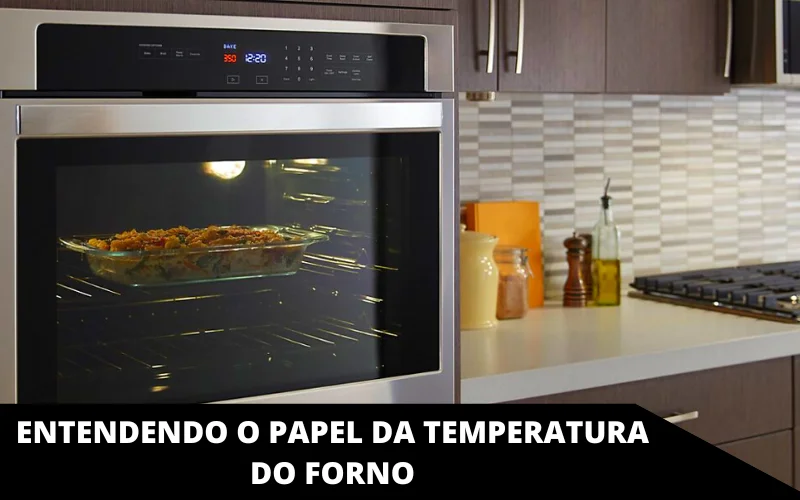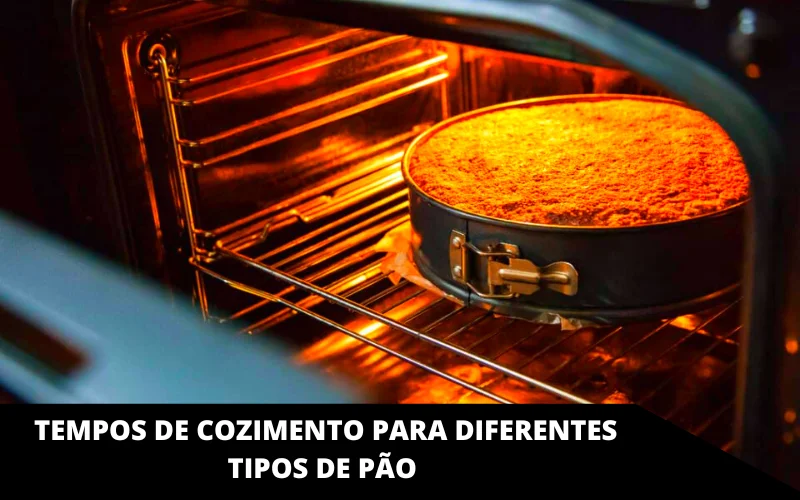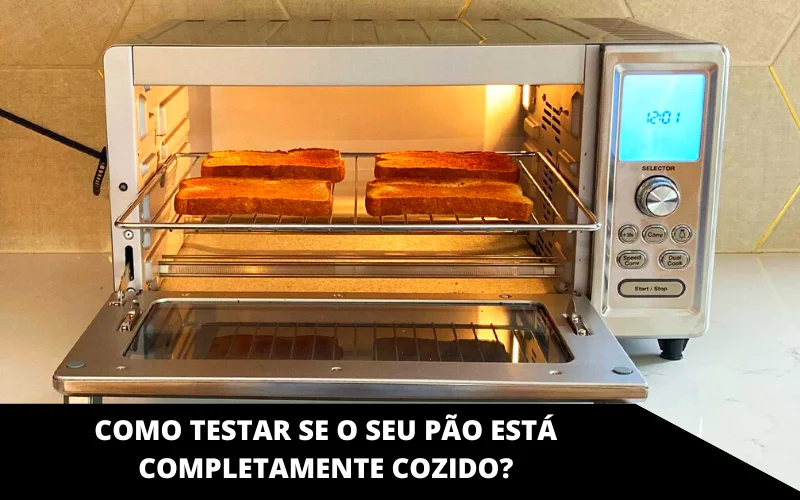Baking bread at home is a rewarding and delicious experience. However, it can also be daunting, especially if you are new to the process. Baking time is one of the most critical factors in baking homemade bread. If the bread is poorly cooked, it will be chewy and unpleasant.
On the other hand, overcooked bread will be dry and hard. Therefore, understanding the proper baking time for perfect bread is essential. In this blog, we’ll discuss factors that affect baking time and provide guidelines for baking different types of bread. We’ll also share tips and tricks to help you get the perfect bread every time.
Factors that affect cooking time
Several factors can affect bread baking time. Here are some of the most important ones to keep in mind:
- Bread Size and Shape : The size and shape of the loaf can affect baking time. Larger loaves take longer to bake than smaller loaves, while thinner loaves bake faster than thicker loaves.
- Dough consistency : The moisture content of the dough can also impact cooking time. A moister dough will take longer to bake than a drier dough.
- Oven Temperature : Oven temperature is perhaps the most critical factor in determining baking time. A higher temperature will result in faster cooking, while a lower temperature will take longer.
- Altitude : If you live at a high altitude, you may need to adjust the cooking time to compensate for the lower air pressure.
Bread Ingredients: The type of flour, yeast and other ingredients used in the bread recipe can also impact baking time.
Understanding the role of oven temperature
Understanding the role of oven temperature is crucial when baking bread. The temperature of your oven can affect how your bread rises and browns, and can impact the final texture and flavor of your bread. Most bread recipes call for a preheated oven, and the recommended temperature can vary depending on the bread you make.
It’s important to use an oven thermometer to ensure your oven is at the correct temperature before baking. Also, keep in mind that opening the oven door frequently can cause a drop in temperature, which can impact cooking time.
Baking times for different types of bread
- White bread : White bread typically takes 30-40 minutes to bake at 350-375°F (175-190°C). The bread is ready when it has a golden brown crust, and sounds hollow when tapped on the bottom.
- Whole wheat bread : Whole wheat bread typically takes longer to bake than white bread. It typically takes between 40-50 minutes to bake at 350°F (175°C). The bread is ready when it has a dark brown crust, and sounds hollow when tapped on the bottom.
- Sourdough Bread : Sourdough Bread requires a longer baking time than other types of bread. It typically takes 45-60 minutes to bake at 400°F (205°C). The bread is ready when it has a deep golden brown crust, and sounds hollow when tapped on the bottom.
- Artisan bread : Artisan bread is typically baked at a higher temperature than other types of bread. It typically takes 30 to 40 minutes to bake at 230°C (450°F). The bread is ready when it has a dark golden brown crust, and sounds hollow when tapped on the bottom.
Keep in mind that these are general guidelines only, and cooking times may vary depending on the factors we mentioned earlier.
To ensure that your bread is fully cooked, you can use a kitchen thermometer to check that the bread’s internal temperature is around 190-200°F (88-93°C). If the temperature is lower than this, you may need to bake the bread a little longer.
How to test if your bread is completely cooked?
There are a few different ways to test whether your bread is fully cooked:
- Check the color : The bread should be a golden brown color when fully cooked. If the crust is very pale, the bread may be undercooked. If it’s too dark, it may be overcooked.
- Tapping the bottom : Gently tap the bottom of the bread with your finger. If it sounds hollow, chances are the bread is fully baked. It may need to be cooked a little longer if it looks dense.
- Use a Thermometer : Insert a cooking thermometer into the center of the loaf. When the bread is fully baked, the internal temperature should be around 190-200°F (88-93°C).
Common mistakes to avoid when baking bread
Here are some common mistakes to avoid when baking bread:
- Don’t Preheat Your Oven : Preheating your oven is crucial to ensuring your bread cooks evenly. If you don’t preheat the oven, the bread may not rise properly and take longer to bake.
- Overworking the dough : Kneading the dough too much can result in tough bread. It is important to follow the recipe and only knead the dough for the recommended time.
- Not using enough flour : If the dough is too wet, it can be challenging to work with, and it can result in a dense loaf. Be sure to use enough flour when working with the dough.
- Opening the oven door too often : Every time you open the oven door, you let heat escape, impacting cooking time. Try to avoid opening the oven door too often.
- Don’t Let Bread Cool : It’s tempting to cut freshly baked bread right away, but it’s important to let bread cool for at least 20-30 minutes before slicing it. This allows the bread to be prepared and ensures it has the correct texture.
By avoiding these common mistakes, you’ll always be on the right path to baking perfect bread.
Tips for Getting the Perfect Bread
Here are some additional tips for getting the perfect doneness when making bread:
- Use a baking stone or Dutch oven to create a more even roast and crispy crust.
- Add steam to the oven during the first few minutes of baking to help the bread rise and develop a crispy crust.
- Let the dough rest in the fridge overnight for a more complex flavor and better texture.
- Let the dough rise properly to avoid a dense bread.
- Use high quality flour and baking powder for the best results.
- Experiment with different types of flour, such as rye flour or spelled flour, to create unique flavors and textures.
Conclusion: The importance of cooking time in bread making
Baking time is a critical factor in bread making. A few minutes too long in the oven can result in dry, overcooked bread, while a few minutes too little can lead to undercooked, overly doughy bread.
Understanding the factors that can affect baking time, such as oven temperature, dough hydration, and loaf size, is crucial to achieving perfect baking. By following the baking times and tips in this article, you’ll always be ready to bake delicious, perfectly baked bread.






